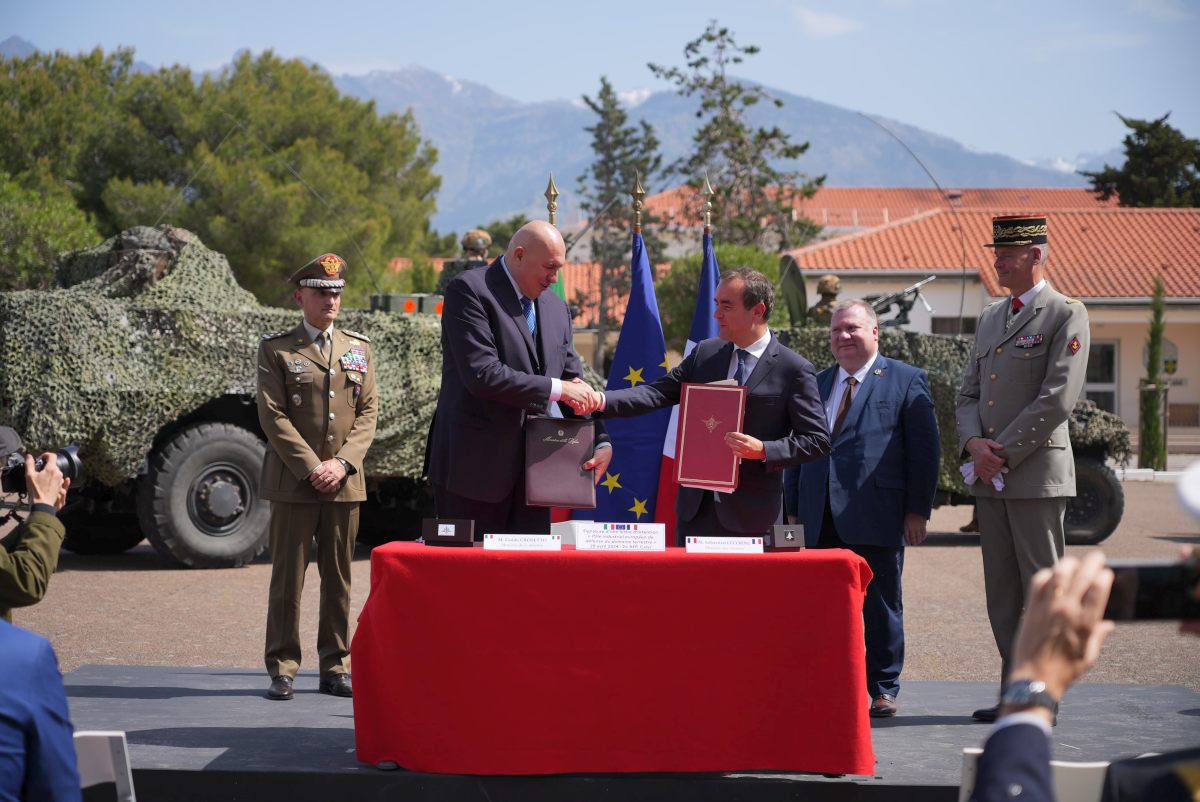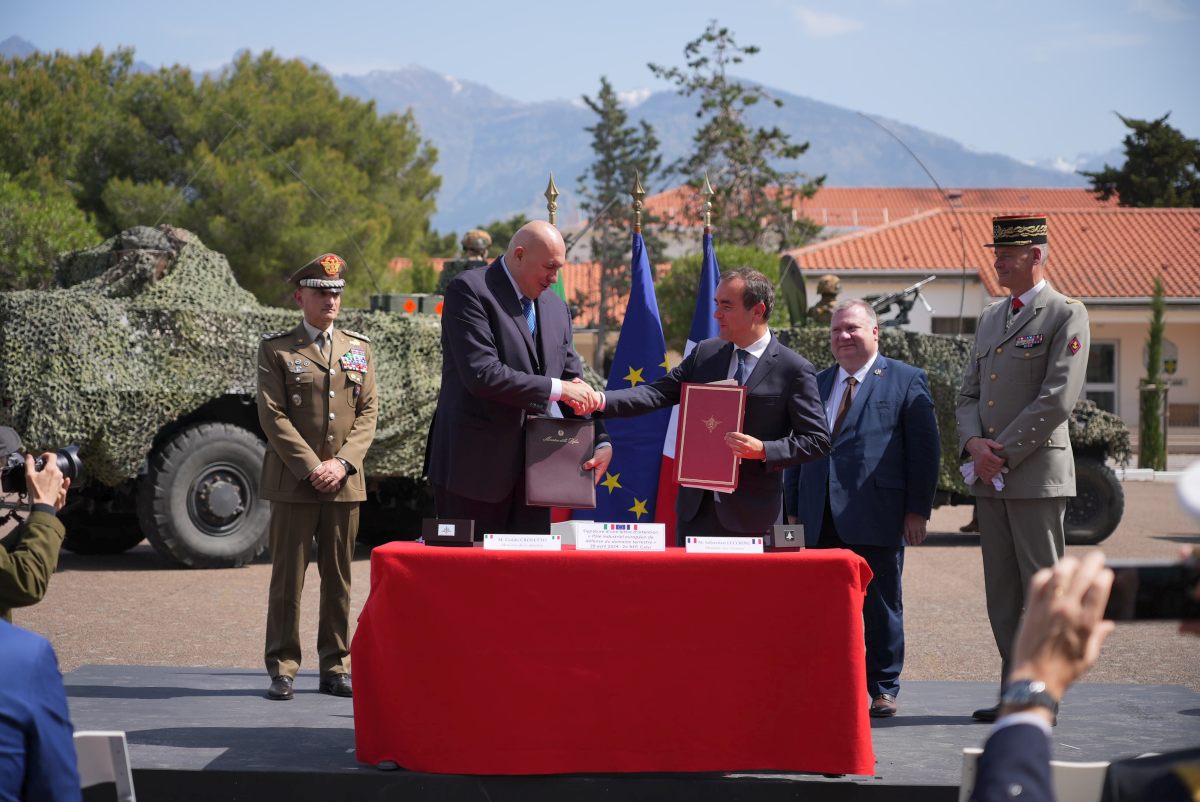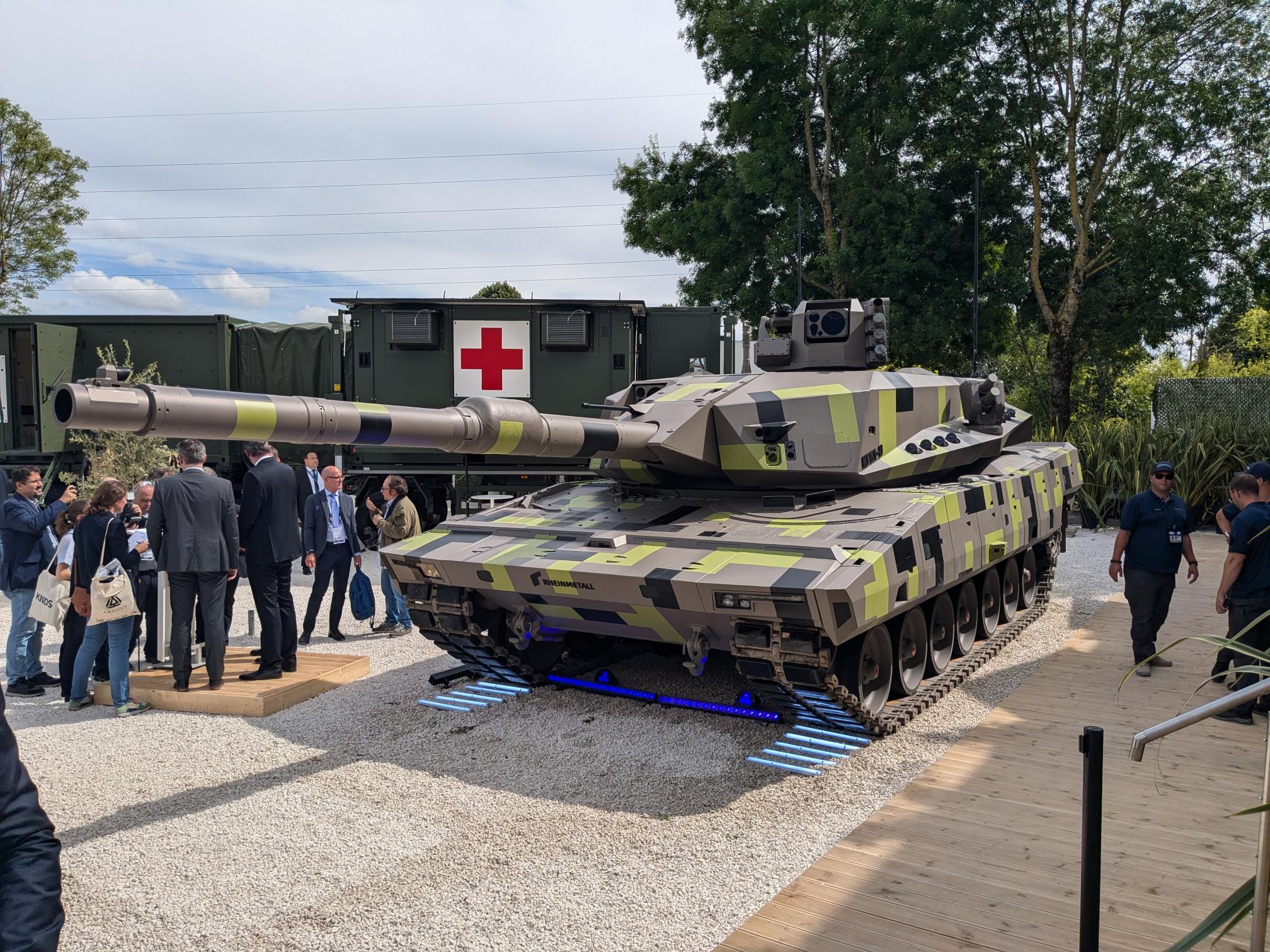Terran
Well-Known Member
Okay, but here is the thing @Big_Zucchuni, this statement
Which sounds more like the next generation of Israeli AFV could actually resemble AbramsX in that they could take an existing base then reconstruct it using newer but high readiness technology around the Systems management of Carmel. Building hypothetical Eltan X, Merkava X and Namer X.
As opposed to a program like the US FCS MCV where in a new vehicle universal chassis was being developed, a systems interface/management architecture like Carmel was being developed, a series of turrets, automatic munitions handling and weapons derived from off the shelf systems. Sensors and fire control was being developed and a brand new APS system. It was a architecture that though not entirely from scratch was certainly tailored to become an all inclusive programs.
seems to contradict this one.For the IDF specifically, an IFV, APC, and maneuver support vehicles (ARV, CEV, CP, GP etc) are more relevant, and the first planned date was 2027 for fielding first units (may have been unofficially pushed to 2029), while an MBT could come much later.
Whether MBT or IFV or anything else, the systems' architecture is the same, so they can show whatever platform they want.
Carmel is, after all, just a tech demonstrator program, not a full fledged AFV, and part of the program is also the Barak MBT which is a Merkava 4 modernization due to enter service by the end of this year or early 2023.
The video indeed shows a third person sometimes, but it's just a third person, not an infantry section, and he will also occassionally exist on MBTs.
The third person is not part of the crew, but could be a dedicated systems operator, a fires officer, or a platoon/company commander.
It's also important to understand that IAI is just presenting tech on some notional platform. The IDF will supply an independently developed platform, but core pieces like automotives are likely to be imported, like the Merkava 4 for example uses a German power pack.
You seem to be stating what fits with my rough understanding that the Carmel technology is an overall systems management architecture into which vehicles either new or old could be configured with off the shelf or new components. Rather than a vehicle or said components. So the Carmel isn’t “incorporating Deep stealth or Hybrid electrical as integral”. Because those are being developed independently either in or out of Israel then to be added as modules to the Carmel architecture.I don't think you quite understand the current trajectory.
Yes, of the projects we could eyeball in the last 3 years, the Carmel appears to be the only one that incorporates deep stealth and hybrid-electric power as integral parts of the vehicle. But that is only because the Carmel is a statement for what's to come in 2030, when the next gen tank is deployed, whereas the AbramsX, KF51 and so on, are supposed to show what can be done TODAY.
And the OMFV? It focuses on low-risk, deliverable platforms today that are modular enough to accept radical changes by 2030 that will not eat into its growth potential.
So worry not, stealth and other "revolutionary" aspects are very much pursued.
Which sounds more like the next generation of Israeli AFV could actually resemble AbramsX in that they could take an existing base then reconstruct it using newer but high readiness technology around the Systems management of Carmel. Building hypothetical Eltan X, Merkava X and Namer X.
As opposed to a program like the US FCS MCV where in a new vehicle universal chassis was being developed, a systems interface/management architecture like Carmel was being developed, a series of turrets, automatic munitions handling and weapons derived from off the shelf systems. Sensors and fire control was being developed and a brand new APS system. It was a architecture that though not entirely from scratch was certainly tailored to become an all inclusive programs.








